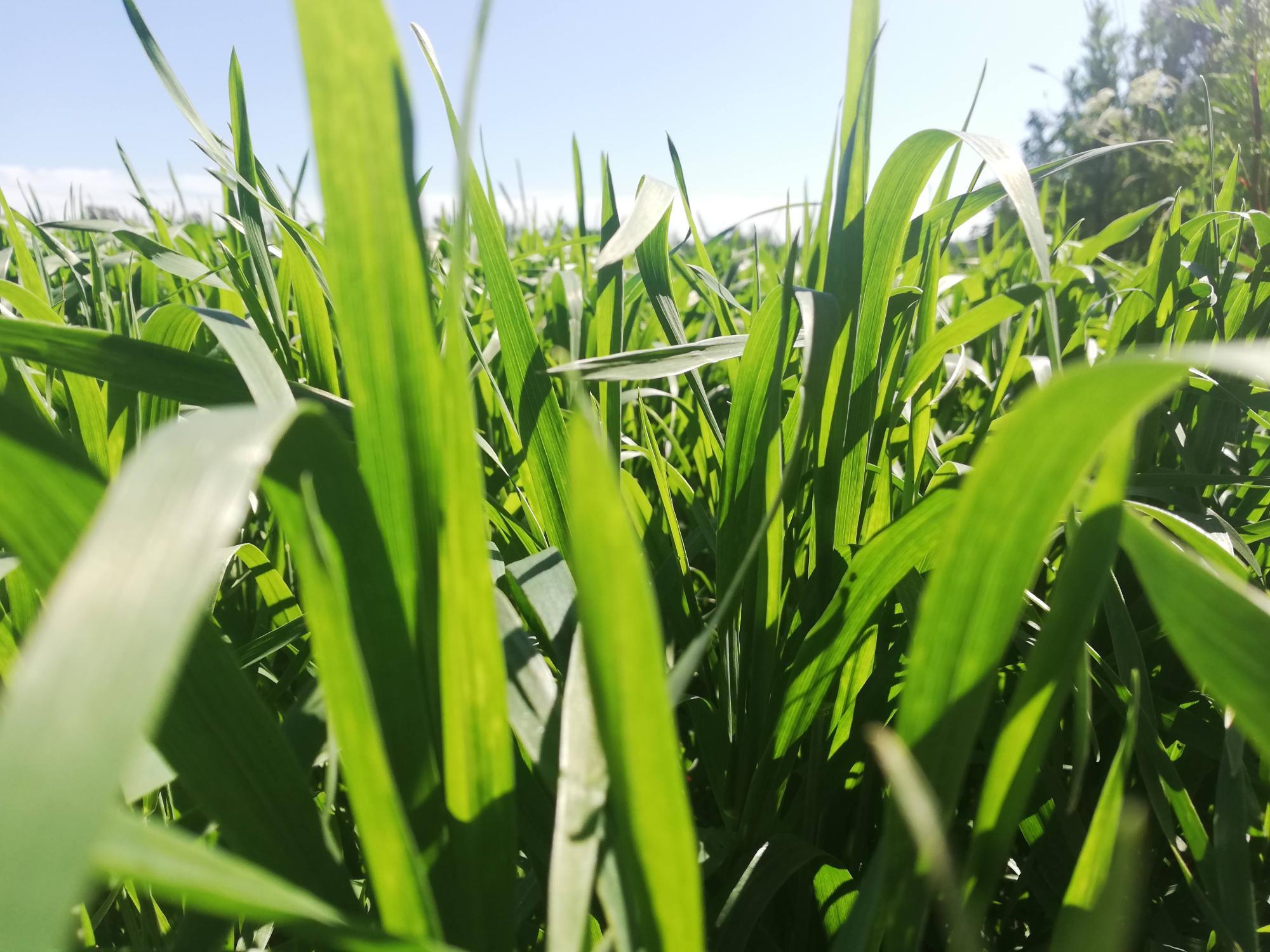Solutions for climate change through carbon farming: Communication of carbon cycles is part of the Commission’s climate package - MTK en
Solutions for climate change through carbon farming: Communication of carbon cycles is part of the Commission’s climate package
News
Solutions for climate change through carbon farming: Communication of carbon cycles is part of the Commission’s climate package
20.12.2021
The European Commission published 15.12.2021 communication on carbon farming as a part of its climate package with a goal to reduce EU’s GHG emissions by 55% by 2030. MTK appreciates that plant-derived sequestration of carbon dioxide from the atmosphere is recognised in the communication as a climate solution. However, there is a lot of uncertainty in the communication. Especially the verification of carbon sequestration requires still more research. Monitoring of carbon stock of soil and assessment of reference level at farm level is not possible with the current knowledge.
-Processes in soil are slow but dynamic. In nature, the criteria of the stability and additionality of carbon sequestration is difficult, if not impossible to achieve. Clear criteria and rules are therefore essential when adapting credits and flexibility for carbon farming, reminds MTK’s Head of Environmental Affairs Liisa Pietola.
Productivity and resource efficiency of land use must be better taken into account in the proposal of the Commission
According to MTK’s position, all cultivation activities that aim to increase the soil's carbon content or reduce the loss of soil carbon must be seen as carbon farming. The proposed measures of the Commission which include cover crops and reduced tillage, or promotion of multi-annual grass cover are realistic and to be supported. The measures cannot be limited only to the restoration and re-wetting of organic soils or agroforestry that have been presented in the preparation of the initiative. Carbon farming is a part of food production.
We need more content to the proposal of the Commission targeting to increase productivity and resource efficiency of land use. To meet the target of climate neutrality and further net negativity or sink increase, biomass or organic matter must be produced with fewer emissions from soil. In the big picture removals or sequestration of carbon dioxide including methane are then larger than GHG emissions, Pietola comments.
The removals of carbon dioxide from the atmosphere can be affected by cultivation methods of soil and on the other hand carbon loss. Methods and models of verification which include local pedo-climatical conditions for carbon sequestration by carbon farming is a challenge. Also, environmental integrity needs to be recognised – including biodiversity.
Regulation must enable authentic carbon farming
MTK expects clarity and transparency for monitoring, reporting and verification – only this way we ensure that fair credits and market mechanisms are obtained. Regulation must enable authentic carbon farming and incentivise it. MTK reminds that desired net emission reductions can be achieved if agriculture and forestry are seen as a solution through natural sciences criteria – photosynthesis of plants.

Picture from European Commission website : Factsheet - Sustainable Carbon Cycles 15.12.2021
Further information:
Liisa Pietola, Head of Environmental Affairs, +35850 438 4014, liisa.pietola@mtk.fi
Jenna Bergholm, Project specialist, +35850 407 8543, jenna.bergholm@mtk.fi

